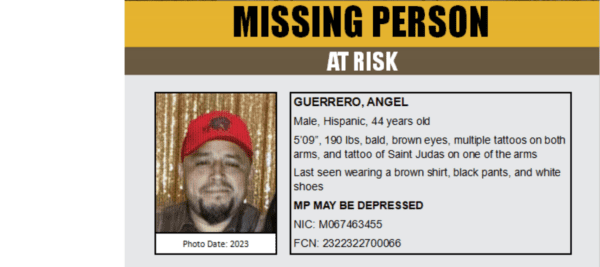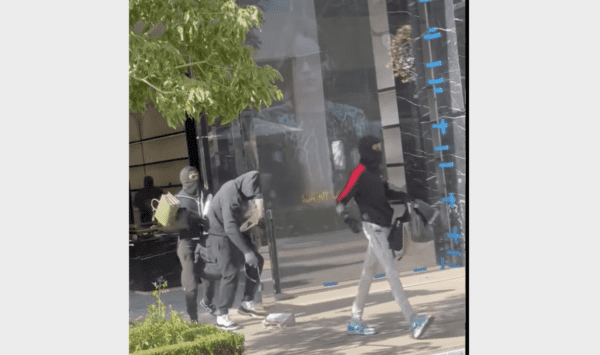It will be challenging for the Federal Reserve to reduce inflation to its target of 2% without significantly raising the unemployment rate and possibly sinking the U.S. into a recession, according to a new working paper announced Tuesday from UC San Diego’s Rady School of Management.
Inflation has come down significantly from nearly 9% to 3% and unemployment continues to stay low, but according to the authors, in the current U.S. economy, the labor market is behind about half of the rise in inflation. The other half can be attributed to special pandemic-related supply factors.
“While there is optimism that the Fed’s efforts tackling inflation by raising interest rates can achieve a `soft landing,’ the historical analysis we have undertaken suggests that there is a steep trade-off between unemployment and inflation when the economy is running hot as it is now,” said Allan Timmermann, co-author of the paper and a distinguished professor of finance at the Rady School. “This means that further reductions in inflation will increasingly come up against tightness in the labor market.
“If the Fed wants to go the last mile and bring inflation to its 2% target, this is likely to come at the cost of increased unemployment and runs the risk of triggering a recession,” Timmermann said.
The focus of the analysis in the paper is on understanding how the Phillips Curve — an economic theory that claims inflation and unemployment have an inverse relationship — has changed over time and identifying possible drivers of such change. The researchers found that the traditional Phillips Curve has flattened significantly over time due to events such as the integration of China in the world trade system in 2000, which helped keep prices low and increased global productivity.
“In `normal times’ there is essentially no trade-off between unemployment and inflation,” said Timmermann. “However, we also find a strikingly strong trade-off between unemployment and inflation when the labor market — as it is now — is running really hot with lower-than-normal unemployment.”
The authors say that large portions of prior data linking labor markets and inflation are uninformative when looking at the U.S. economy as a whole because inflation was so low for many decades with spells of inflation as high as it is now mostly limited to the 1970s.
Using a statistical method that allows researchers to analyze pooled cross sections of data — such as employment and price levels in different cities and across different times — Timmermann and co-authors found patterns that help explain the various factors impacting Tuesday’s economy.
“The strong trade-off between inflation and unemployment in hot labor markets like the current one suggests that inflation could be higher for longer unless the Fed’s past and future actions manage to cool down the labor market quite significantly,” Timmermann said. “In other words: so far the Fed has managed a `soft landing’ with significant declines in inflation over the last year or so without increasing unemployment.
“But bringing down the current inflation rate from 3% to the target of 2% without risking a much weaker labor market with higher unemployment could prove far more difficult,” he said.
He added that with wages continuing to rise at close to 5%, it will be very hard to bring overall inflation to 2% with salaries growing at that pace.







